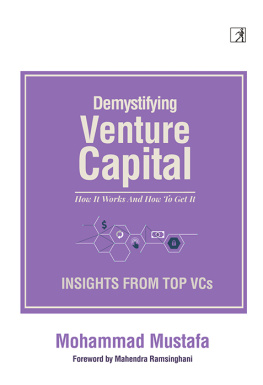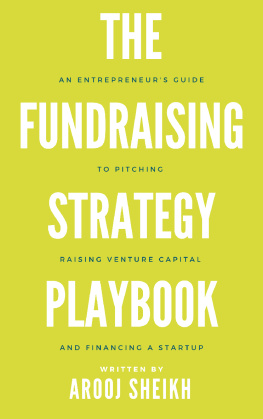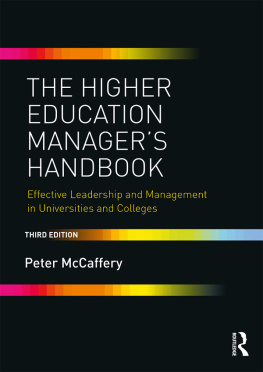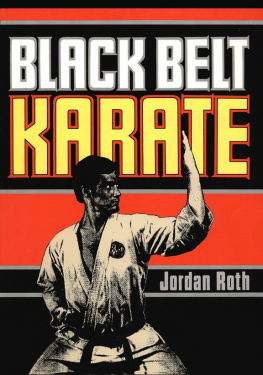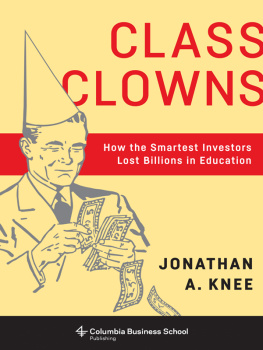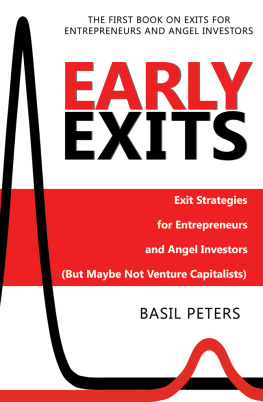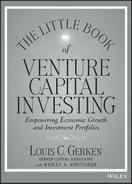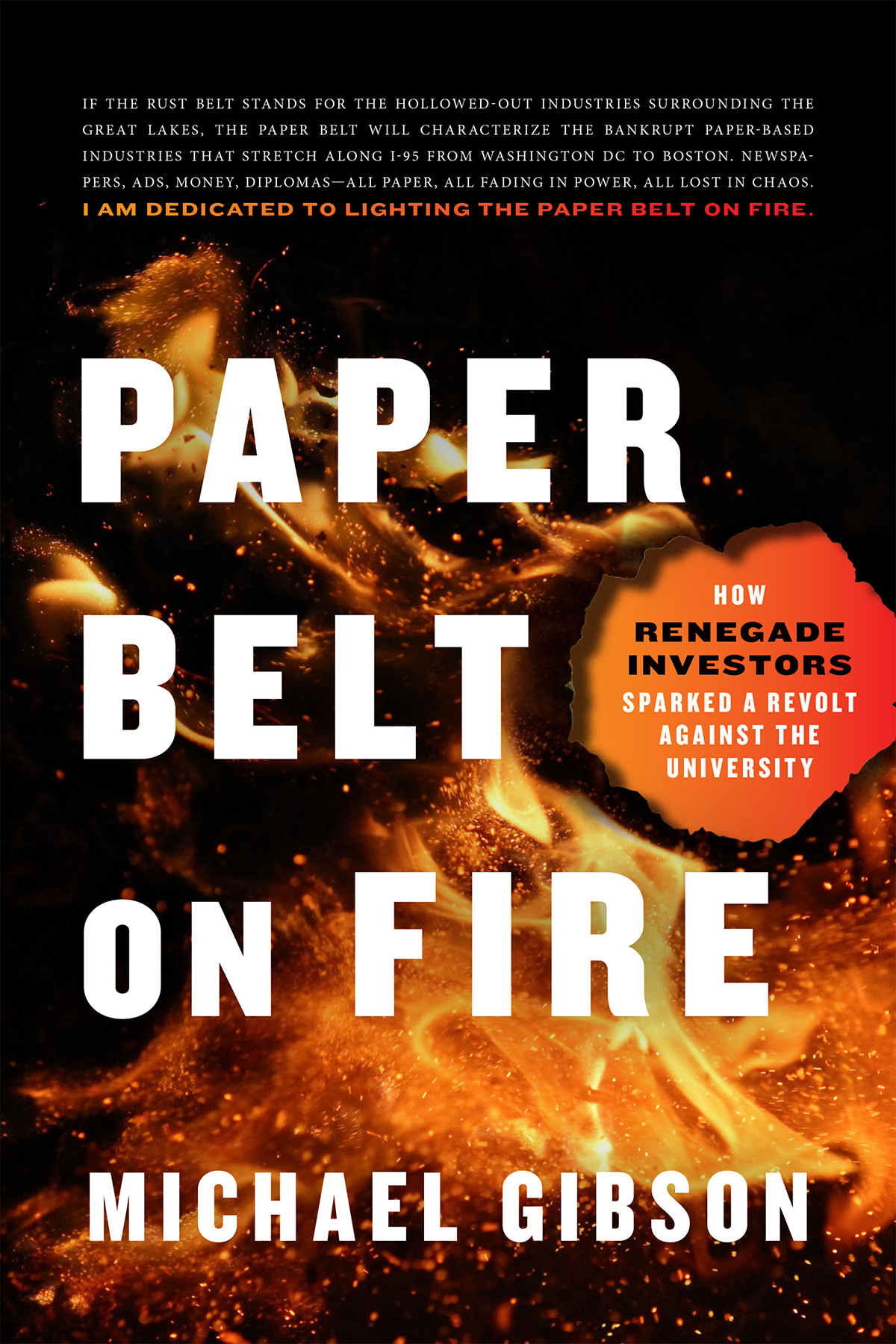Contents
List of Figures
Guide
Pagebreaks of the Print Version
PAPER BELTON FIRE
How Renegade InvestorsSparked a Revolt Against the University
MICHAEL GIBSON

New York London
2022 by Michael Gibson
All rights reserved. No part of this publication may be reproduced, stored in a retrieval system, or transmitted, in any form or by any means, electronic, mechanical, photocopying, recording, or otherwise, without the prior written permission of Encounter Books, 900 Broadway, Suite 601, New York, New York 10003.
First American edition published in 2022 by Encounter Books, an activity of Encounter for Culture and Education, Inc., a nonprofit, tax-exempt corporation. Encounter Books website address: www.encounterbooks.com
Manufactured in the United States and printed on acid-free paper. The paper used in this publication meets the minimum requirements of ANSI/NISO Z39.48-1992 (R 1997) (Permanence of Paper).
FIRST AMERICAN EDITION
LIBRARY OF CONGRESS CATALOGING-IN-PUBLICATION DATA
Names: Gibson, Michael, 1977 author.
Title: Paper belt on fire: how renegade investors sparked a revolt against the university /Michael Gibson.
Identifiers: LCCN 2022004801 (print) | LCCN 2022004802 (ebook) ISBN 9781641772457 (hardcover) | ISBN 9781641772464 (ebook)
Subjects: LCSH: School bondsUnited States. | EducationUnited StatesFinance | Short selling (Securities)United States.
Classification: LCC HG4952 .G53 2022 (print) | LCC HG4952 (ebook) DDC 332.63/2330973dc23/eng/20220203
LC record available at https://lccn.loc.gov/2022004801
LC ebook record available at https://lccn.loc.gov/2022004802
1 2 3 4 5 6 7 8 9 20 22
For my Serapion Brothers:Satoshi, Cowperthwaite, Wolfe, Nozick, Zamyatin, and Mom
CONTENTS
At first sight it would seem that the deep interior of the sun and stars is less accessible to scientific investigation than any other region of the universe. Our telescopes may probe farther and farther into the depths of space; but how can we ever obtain certain knowledge of that which is hidden behind substantial barriers? What appliance can pierce through the outer layers of a star and test the conditions within?
The Internal Constitution of the StarsArthur S. Eddington (1926)
But I reckon I got to light out for the Territory ahead of the rest, because Aunt Sally shes going to adopt me and civilize me, and I cant stand it. I been there before.
The Adventures of Huckleberry FinnMark Twain (1884)
PROLOGUE
Oh you guys are full of shit, Bill Gates exploded at me. Total shit.
Gates was pissed. His brow had furrowed above his trademark glasses. We were arguing, and every time he scored a point, he did this little hip-sway hop, as though he were raining fact and reason down upon me in a series of overhead tennis smashes. This was not the genial billionaire-scholar that Id seen on TV, carrying a canvas bag full of books. Nor was he the gentleman philanthropist, patiently explaining his efforts to improve the lives of the worlds poor. Gates kept that man in reserve for the magazines and Sunday newspapers. Here was the fire, the indignation I had only read about in memoirs and business histories. This was the CEO who had ruthlessly crushed Apple and IBM over and over for decades, and who, during Microsofts epic antitrust showdown with the Justice Department, had offered the prosecution nothing but contempt, evasion, and ridicule during three days of direct examination. All it had taken was a single question from me to bring the ferocious entrepreneur in him back to life; and it was abundantly clear that the then-richest man on earth thought I was an idiot for even asking it. My heart leapt. A ripple of exhilarating mischief shot through me. The game was on.
It was June 2014, and we were standing in the perfectly white art gallery of the Villa Simonyi, Charles Simonyis oddly-jointed mansion on the shores of Lake Washington, just outside Seattle. Simonyi, the chief architect of Microsoft Office, and inventor of Word and Excel, had come a long way since hed fled Soviet-dominated Hungary in 1966 and arrived in America, aged sixteen, with nothing. In 2007, hed paid $25 million to enjoy ten days orbiting the earth. Hed arrived in a Soyuz spacecraft at the International Space Station bearing gifts. Martha Stewart, his then-girlfriend, had packed him a gourmet picnic of roasted quail and duck breast to share with the cosmonauts on board.
On this terrestrial night, however, Simonyi was hosting a fundraising dinner for the Institute for Advanced Study at Princeton, the highest temple of theoretical physics. The Institutes first academic hire when it opened in 1933 was Albert Einstein; its second, the polymath John von Neumann. Its scholars have since invented the modern computer, won thirty-three Nobel Prizes, and earned forty-two Fields Medals. Tremendous brains, all of them. But like any other non-profit organization, they had to raise money from donors, which was why Simonyi had gathered thirty of Seattles brainiest well-to-doincluding his old friend Bill Gatesto eat and chat about physics below his collection of Roy Lichtensteins comic strip paintings. The historian of technology George Dyson had invited me with the hope that I might spark a conversation on the future of education with some of the attendees. I suspect I did not disappoint him.
Id been seated at dinner next to Simonyi at the head table, three people away from Gates, so I didnt get to talk to him directly as we ate. But once the tables had been cleared and coffee was served, people were milling about. I decided I had to approach Microsofts founder.
Hi Mr. Gates. Im Michael Gibson. I work for Peter Thiel.
Yes, I know Peter, he said, sounding like your kindest uncle.
Then I asked the question. It was something Thiel had talked about in public since around 2006. Now, more than fifteen years later, many tenured academics have written treatises on the topic and a respectable body of scholarship has formed debating the issue. But for most of the world in 2014, hypnotized by smartphones and tangled up in the Web, it was no more than an eccentric grumble. Very few in the mainstream took the question seriously, though the early murmurs had been amplified by the economist Tyler Cowen in The Great Stagnation and later by Robert Gordon in The Rise and Fall of American Growth.
So I asked Gates: What do you think of the idea that were not seeing as much innovation and scientific progress as we should? That the rate of progress has stalled?
The change in his demeanor was instantaneous. A fast-moving wave of irritation swept across his face. It was the most alive Gates had looked all night. His sudden intensity caught me by surprise.
Oh you guys are full of shit. Total shit
You guys! It lit me up how animated hed become. All at once he became a statistical geyser, spouting positive facts about the improved well-being of billions around the world. He pointed me to decreasing child mortality; lengthening life spans; whole generations in developing countries lifted out of poverty in the blink of a historical eye.
About that much, of course, he was right. Life has been getting better for hundreds of millions of people in the last forty years. That, truly, is progress. But Gates was describing the spread of existing knowledge to the places it had yet to touch, giving the poorest people in the world access to proven best practices in medicine, sanitation, and nutrition.


